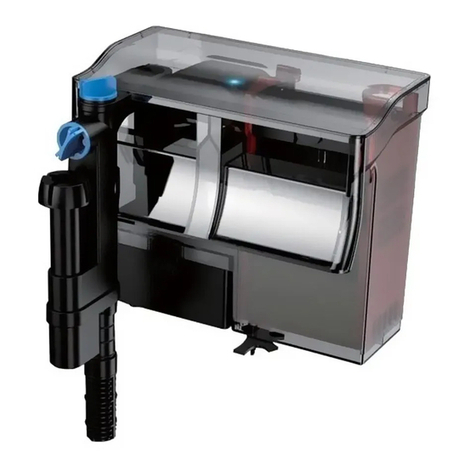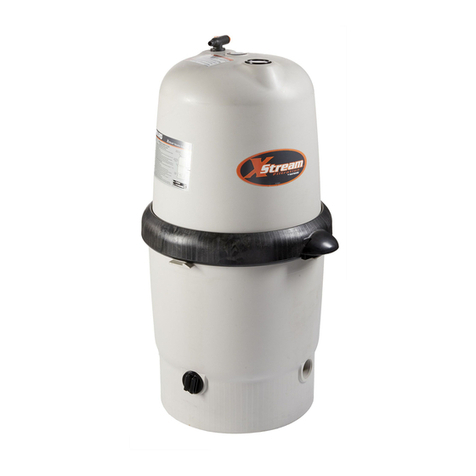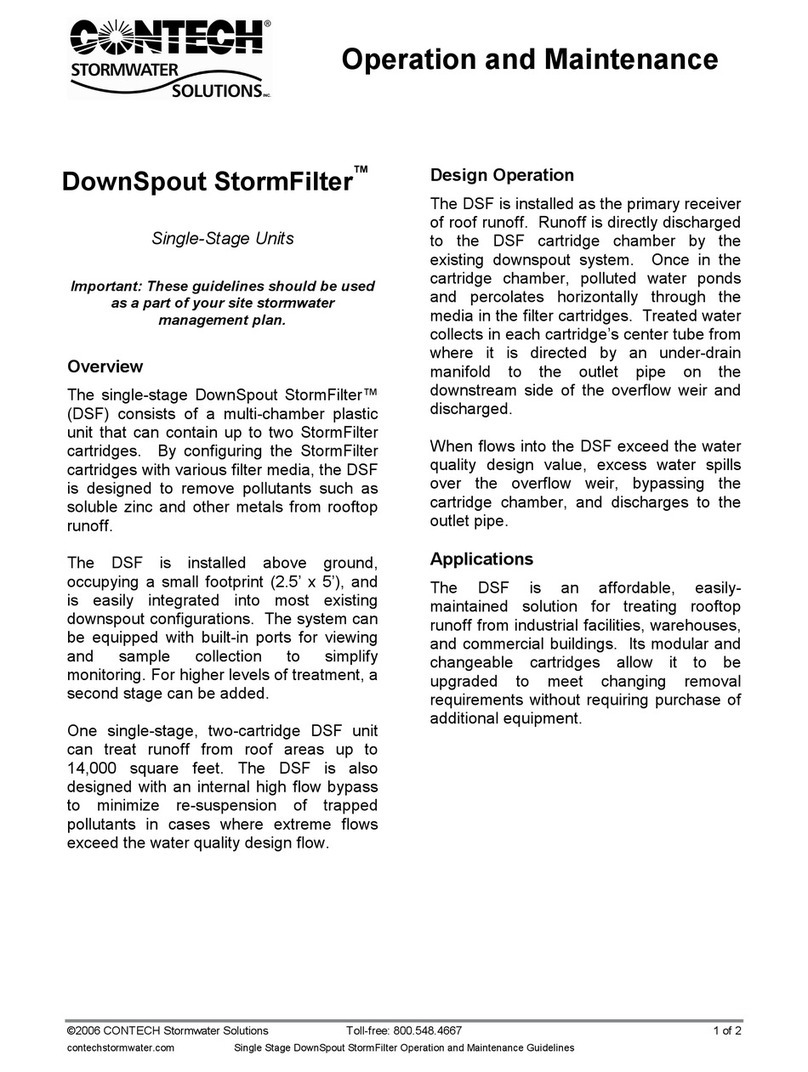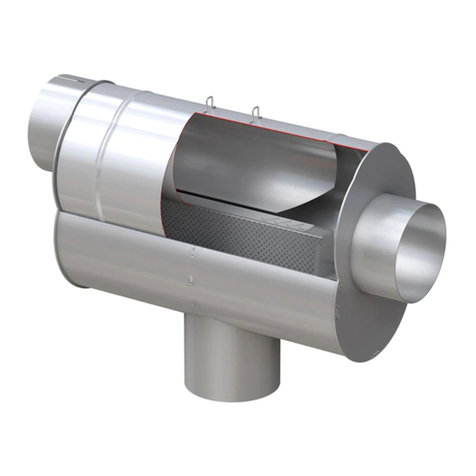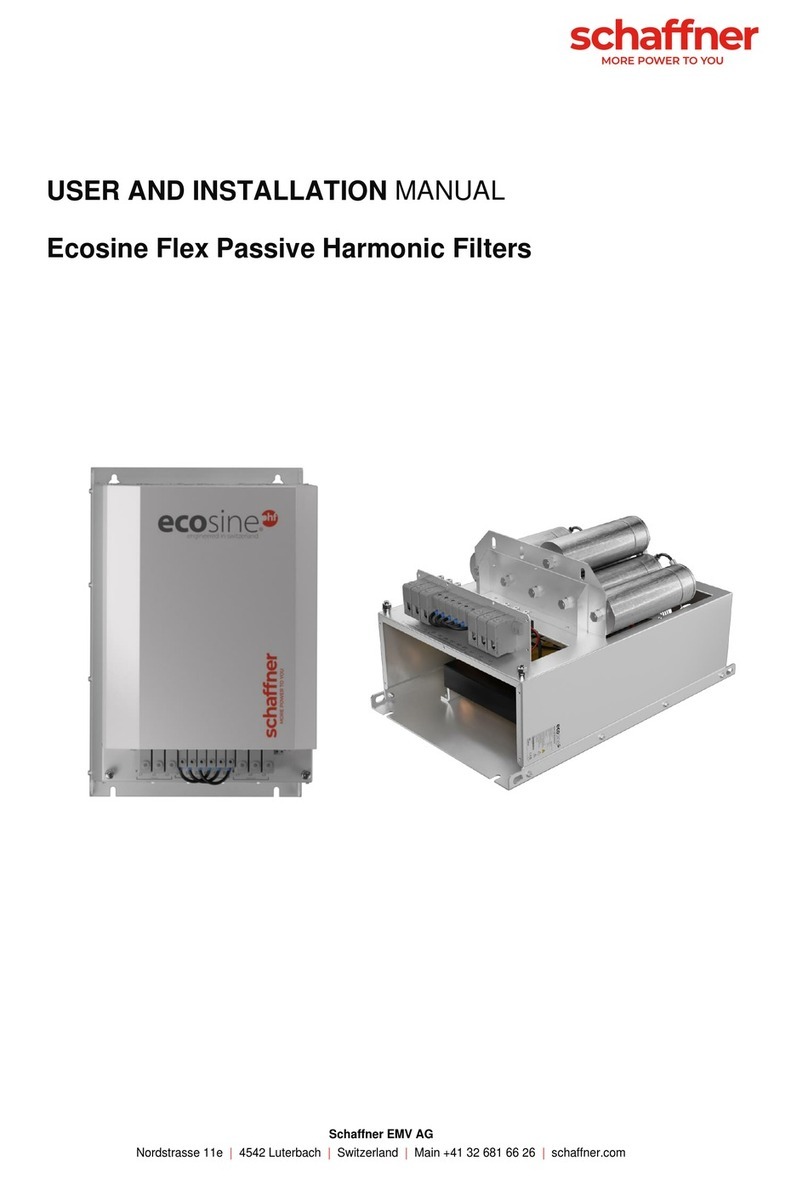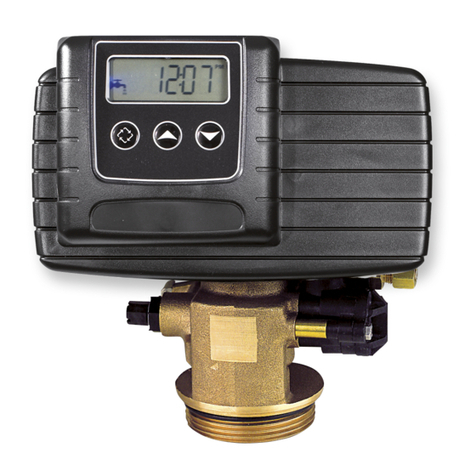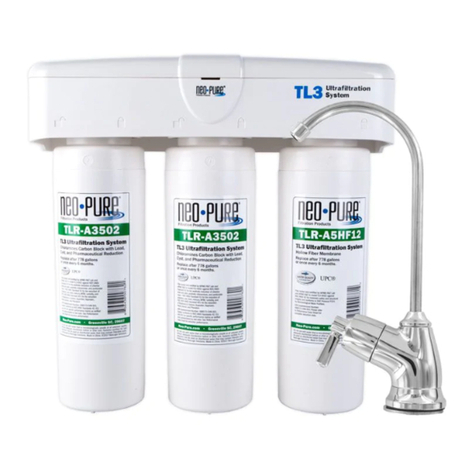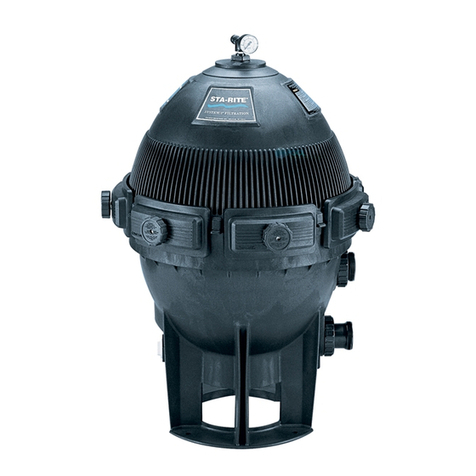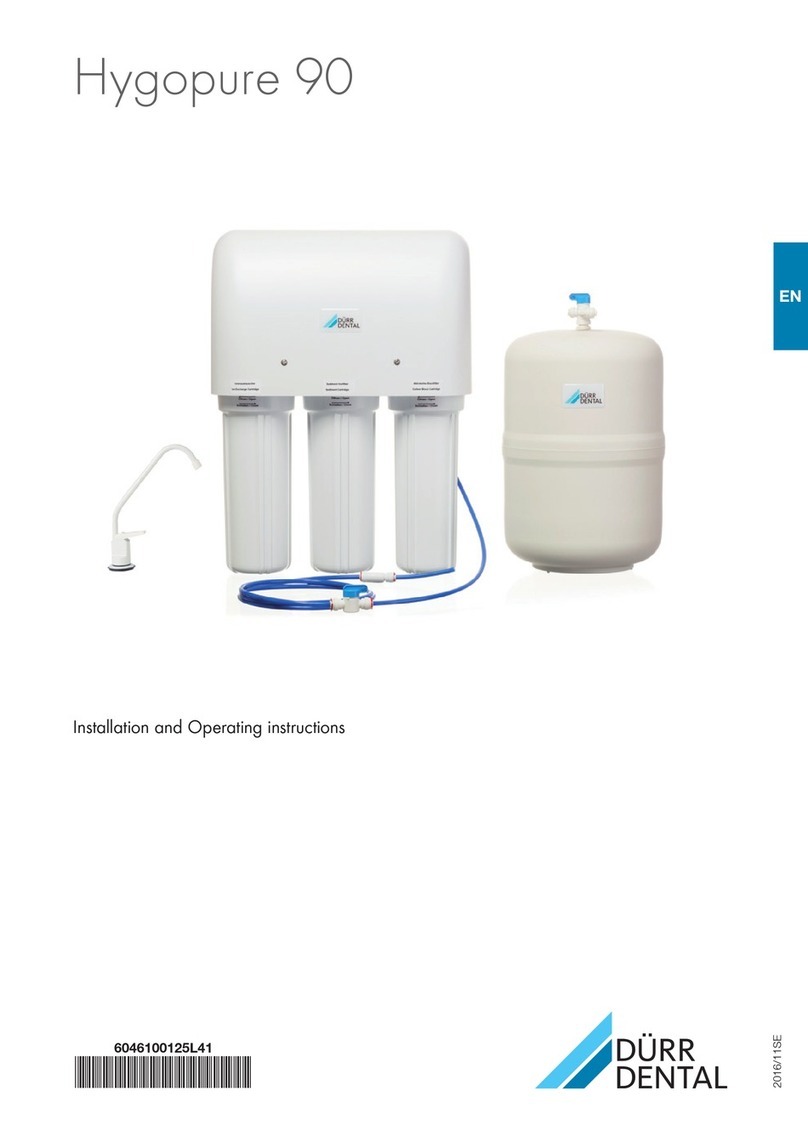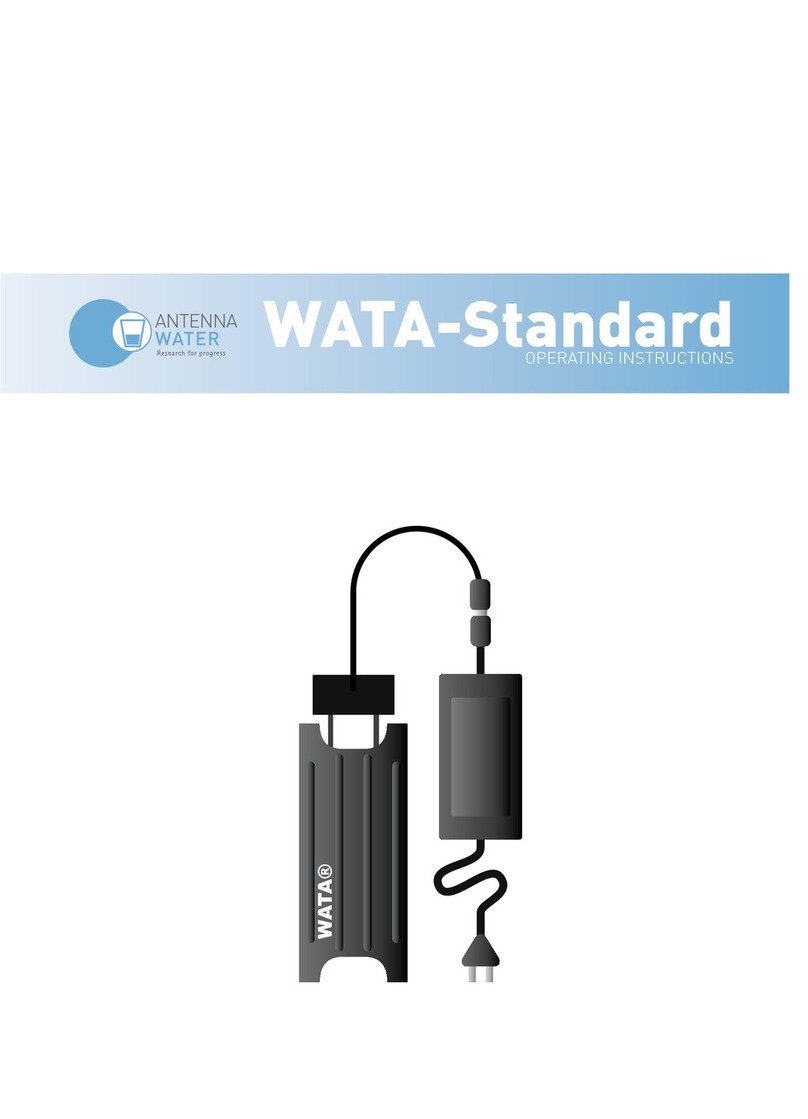
2 Safety
The unit has been developed and designed in
such a way that dangers are effectively ruled out
if used in accordance with the intended use.
Nevertheless, residual risks can remain.
You should therefore observe the following notes.
2.1 General notes
Observe the following notes to ensure safe and
effective operation:
❯Water generated by the Hygowater system is
not suitable for drinking.
❯Do not use the Hygowater system for more
than two dental treatment units unless the cor-
responding accessories have been installed.
The system's internal filter may get blocked
and the system may put a stop to operation.
❯The water system described in the following
should be kept short and straight. Piping with
blind ends and long pipes make the Hygowater
system less effective. The water can be con-
taminated again by a flow system with an
unfavourable design.
❯Make sure the filters (pre-filters/ultrafilters) are
serviced or replaced as required. The internal
filters need to be clean if the Hygowater sys-
tem is to work effectively. Hard water reduces
the efficiency of the disinfection process or
brings it to a standstill. The filters may become
blocked and cause damage to the electrolysis
chamber.
❯The recommended water pressure may not be
exceeded. The potential consequences of the
pressure exceeding 6 bars as stipulated are
burst pipes and flooding.
❯Verify that the effect is as it should be at regular
intervals. The chlorine content in the water from
the transmission instruments or cup filler must
be measured every week to ensure effective
operation. The chlorine content may fluctuate.
❯Do not use the Hygowater system with liquids
other than water or without filters. The unit is
designed to be used to disinfect processed
water in the dental treatment unit, with the
quality equivalent to that of drinking water.
Using the unit with liquids other than water
and/or without the correct filters will damage
the unit and make it less effective.
❯The unit must always be kept perfectly upright.
Do not try to operate the unit when it is on its
side or tilted, as water will leak out and poten-
tially cause damage to the unit or its surround-
ings.
❯The use of oxidative disinfectants, such as free
chlorine, can cause corrosion. The Hygowater
system operates with a low (0.2-1 mg/l) chlo-
rine content, but some materials are not at all
compatible with oxidative disinfectants. Make
sure that your dental treatment unit is suitable
for use with processed water of drinking water
quality in line with the WHO Guidelines for
Drinking-Water Quality and the limits set out by
the EU.
❯Use water from the Hygowater with caution.
Always read the label and product information
before use.
2.2 Intended use
The device produces active chlorine* for disinfec-
tion of Dental Unit Waterlines (DUWLs).
Spectrum of efficacy: Reduces water bacteria –
including Legionella.
* Active chlorine is generated from (sodium)
chloride by electrolysis, and is the designation
used by EU in regard to the Biocidal Products
Regulation.
2.3 Improper use
Any other usage or usage beyond this scope is
deemed to be improper. The manufacturer
accepts no liability for damages resulting from
this. In these cases the user/operator will bear
the sole risk.
❯Do not use the Hygowater system on dental
treatment units when other disinfection sys-
tems are switched on. This may stop the
Hygowater from working as effectively or at all.
WARNING
Risk of explosion due to ignition of
combustible materials
❯Do not operate the unit in any rooms in
which inflammable mixtures may be
present, e.g. in operating theatres.
Important information
8500200016L01 1904V001 3
EN

